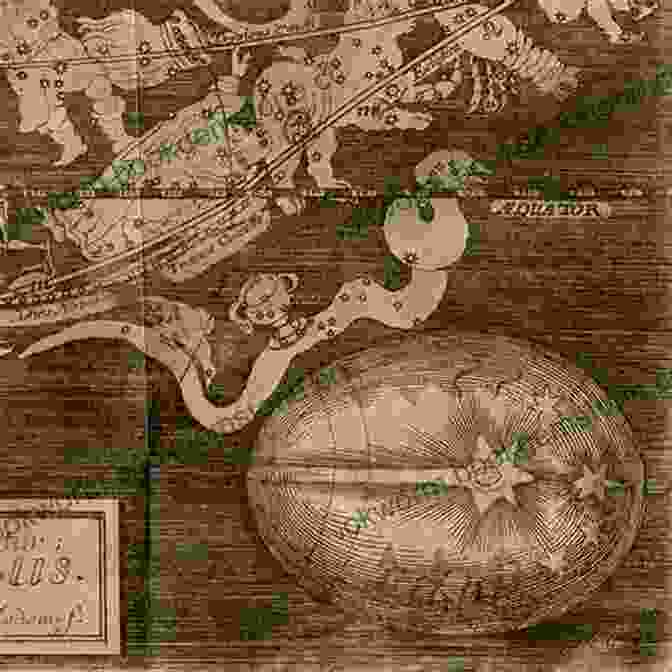In the annals of astronomy, the year 1681 holds a special place. It was the year when the Great Comet, also known as Newton's Comet, graced the night sky with its spectacular presence. This celestial visitor inspired awe and wonder in observers around the globe, and its scientific significance laid the groundwork for our modern understanding of the cosmos.

4.1 out of 5
| Language | : | English |
| File size | : | 3800 KB |
| Text-to-Speech | : | Enabled |
| Screen Reader | : | Supported |
| Enhanced typesetting | : | Enabled |
| Word Wise | : | Enabled |
| Print length | : | 269 pages |
| Lending | : | Enabled |
The Comet's Appearance and Impact
The Great Comet first appeared in December 1680, and reached its peak brilliance during the early months of 1681. It was visible for an astonishing 220 days, which was an exceptionally long duration for a comet at that time. The comet's tail, composed of ionized gas and dust, stretched millions of kilometers across the sky, creating an unforgettable spectacle.
The comet's appearance had a profound impact on society. People from all walks of life, including scientists, philosophers, and commoners, were captivated by its beauty and mystery. It sparked religious fervor, with many seeing it as a sign from God or a harbinger of change. The comet also influenced the arts and literature, with poets and painters drawing inspiration from its celestial presence.
Scientific Breakthroughs and Legacy
The Great Comet of 1681 provided a pivotal opportunity for scientific investigation. Edmond Halley, an English astronomer, used observations of the comet to develop his revolutionary theory that comets travel in elliptical orbits and periodically return to the inner solar system. This groundbreaking discovery revolutionized our understanding of celestial mechanics and paved the way for the prediction of future cometary returns.
Another significant scientific breakthrough came from Gottfried Kirch, a German astronomer. He accurately determined the comet's distance from Earth, which was a remarkable feat considering the observational tools available at the time. His measurements provided valuable data for understanding the scale and motion of celestial objects within the solar system.
The Comet's Legacy
The Great Comet of 1681 left an enduring legacy in the world of science and astronomy. It inspired further scientific exploration and led to a deeper understanding of the nature of comets. The comet also became a symbol of scientific progress and the power of observation and reason.
Today, the Great Comet of 1681 remains a reminder of the interconnectedness of science, history, and human imagination. It is a testament to the awe-inspiring beauty and scientific importance of celestial events, and it continues to fascinate and motivate scientists, historians, and enthusiasts alike.
The Year of the Comet marked a turning point in human understanding and appreciation of the cosmos. The Great Comet of 1681 was a celestial marvel that ignited scientific curiosity, sparked artistic inspiration, and shaped the course of history. Its legacy continues to inspire us today, reminding us of the transformative power of observation, exploration, and the pursuit of knowledge.


























































































































































































































































































































































































































































































































































































































































